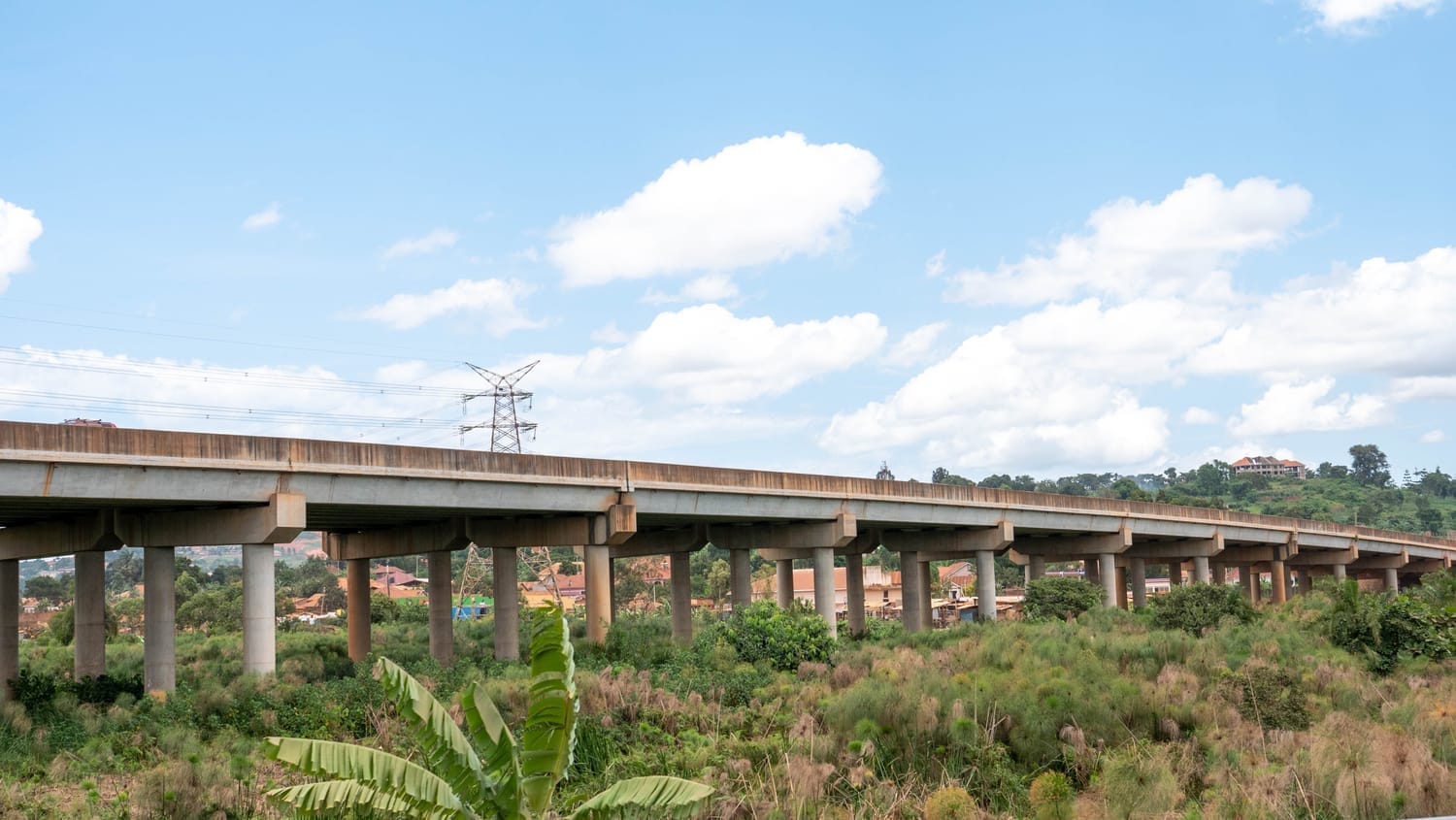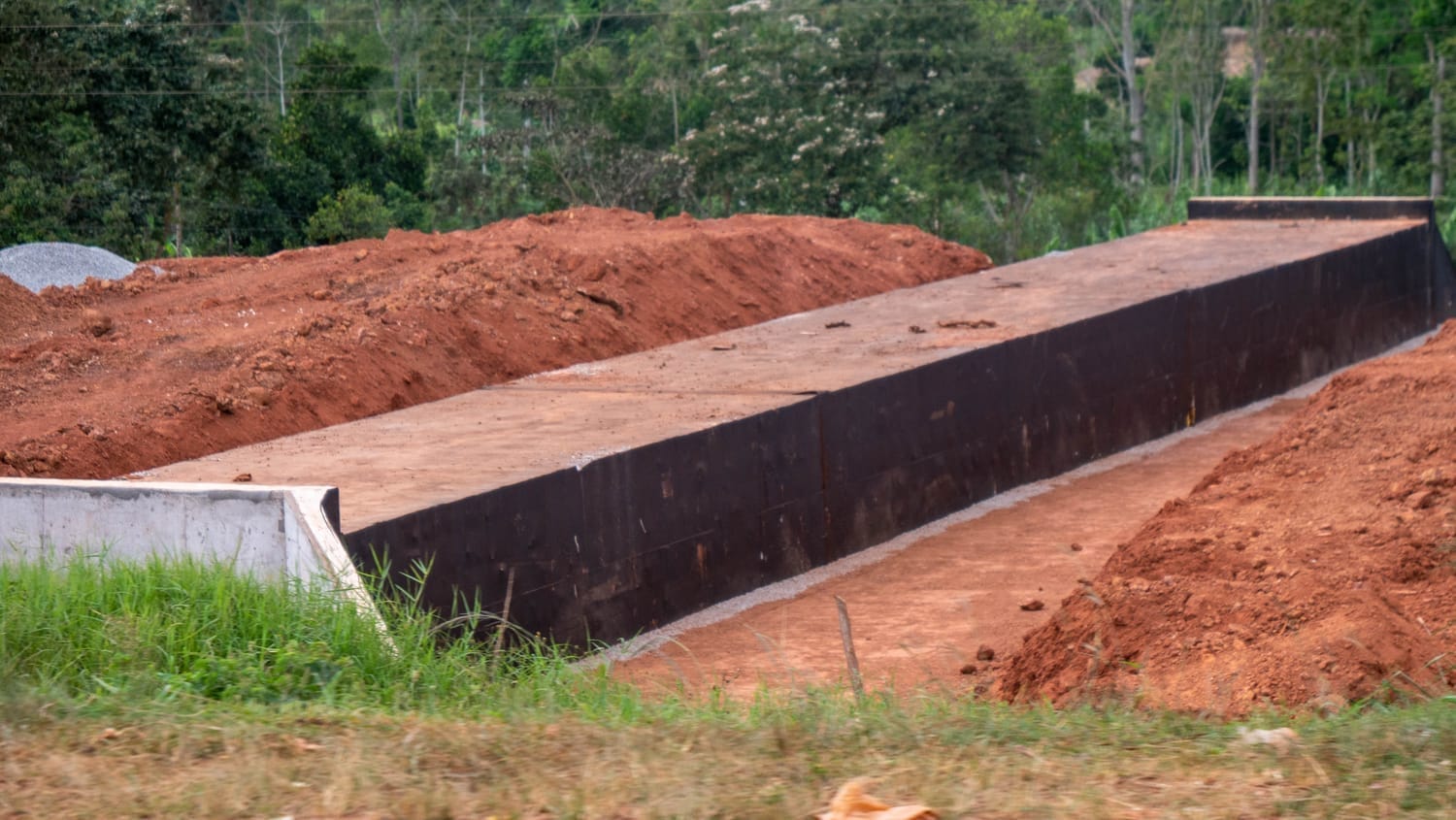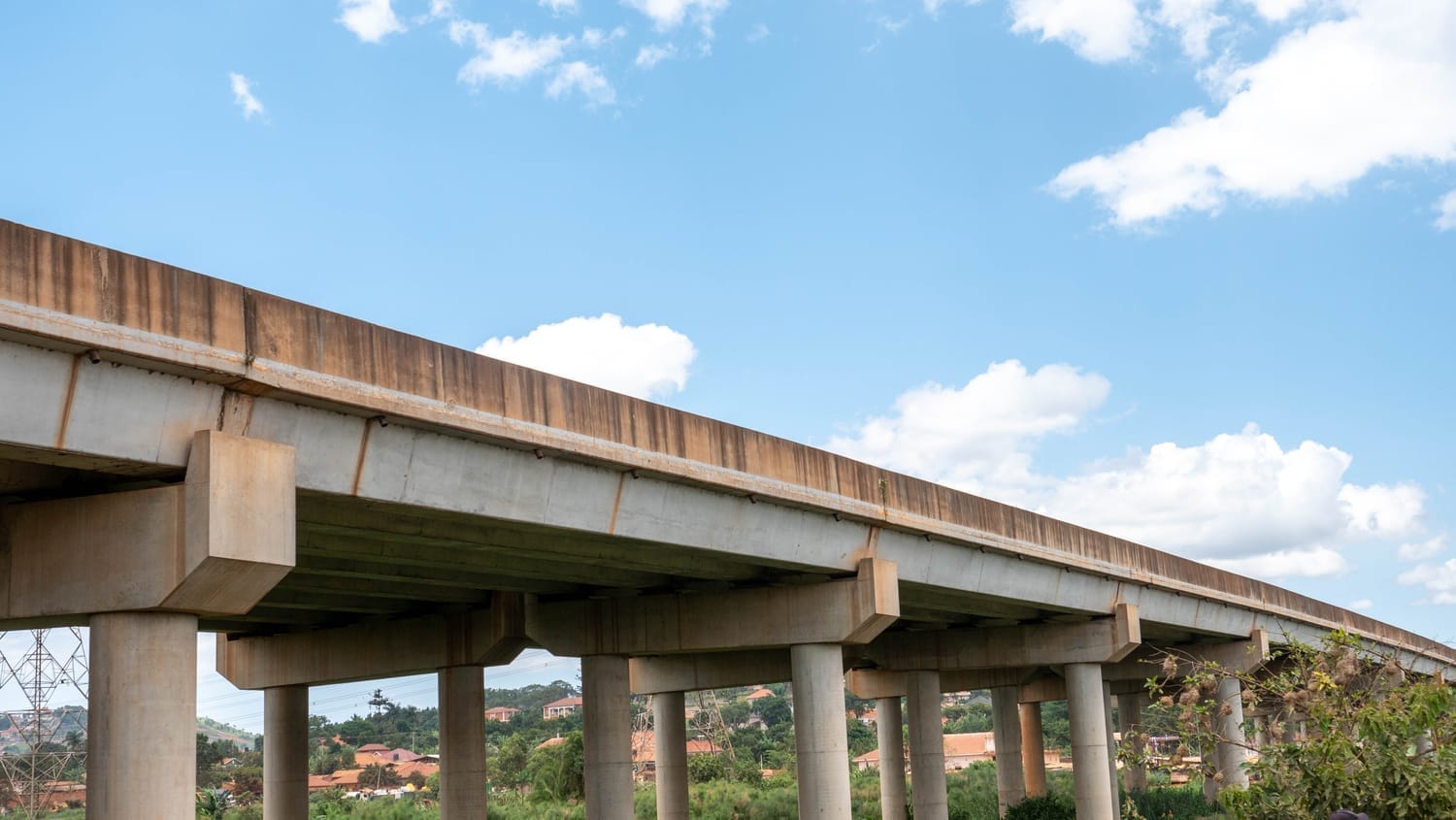Why the Entebbe–Kampala Expressway Became Africa’s Most Controversial Road: A Costly Leap or Over-Engineered Marvel?
A Road Like No Other
On a bright, blue-skied morning, as the sun casts long shadows over the swaying papyrus in central Uganda, a sleek ribbon of concrete rises from the earth and slices through the landscape. Supported by massive columns, it looks like a modern marvel. To many Ugandans, this stretch of road is symbolic: a promise of modernity, development, and speed. But beneath its polished surface lies a story filled with financial controversy, engineering debate, and national reflection.
The Entebbe–Kampala Expressway is no ordinary road. It was envisioned to solve a growing problem: unbearable congestion between Uganda's only international airport in Entebbe and its bustling capital, Kampala. What used to be a nerve-wracking 2-hour journey, sometimes longer during peak hours, is now a breezy 40-minute cruise—for those who can afford the toll.
But what began as a dream has turned into one of the most criticized infrastructure projects in Africa.

The Price of Speed
Completed in 2018 and tolled since January 2022, the 51-kilometre expressway came with a price tag of US$476 million. Of this, US$350 million was borrowed from the Exim Bank of China, while US$126 million came from the Government of Uganda. Do the math, and you'll find the cost per kilometre sits at approximately US$9.3 million/km.
For context, the global average cost of building a 4-lane highway is between US$2 million to US$4 million per kilometre. So why did Uganda pay over double?
Supporters cite the complex terrain, numerous flyovers, and the impressive 1.4 km Nambigirwa Bridge. But critics argue that the project was marred by overpricing, inefficiencies, and a lack of transparency.

Life on the Toll Road
Today, about 28,000 vehicles use the road daily. That number exceeds the initial forecast of 18,447 cars per day. Since tolling began, the road has generated UGX 119.8 billion (about US$32 million) in revenue over three years. Monthly collections average UGX 3.7 billion (~US$0.99 million).
While this sounds impressive, it falls short of the repayment target. The loan requires Uganda to pay approximately UGX 96 billion annually (~US$26 million). The shortfall is alarming, leading to concerns about how sustainable the financing model really is.
Who Runs the Road?
Management of the expressway is handled by Egis Road Operation SA, a French company contracted to oversee daily operations, maintenance, toll collection, and emergency response.
They reportedly charge UGX 918 million per month (about US$250,000) for these services. In exchange, Egis provides road safety patrols, emergency breakdown response, and an ambulance service. Over 120,000 people have been assisted since operations began.
Yet despite these services, several of the contracted amenities—like street lighting—remain incomplete. Drive the road at night, and you may notice long dark stretches, increasing accident risk and raising questions about accountability.

Comparing Apples to Expressways
How does Uganda’s most expensive road compare globally?
Project
Cost/km
Notes
Entebbe–Kampala Expressway
US$9.3M
High structural complexity, many flyovers
Addis Ababa–Adama Expressway (Ethiopia)
US$3.3M
84km, 6-lane tollway
Nairobi–Mombasa Expressway (Kenya)
US$4.8M
440km toll highway
Kampala–Jinja Expressway (Uganda)
US$44M
(projected total)53km PPP model
Lusaka Dual Carriage (Zambia)
US$3.7M
Standard dual highway
Romanian Motorway (EU funded)
€7–10M
EU-funded, strict procurement
This comparison reveals something unsettling: Uganda's road, while shorter, is 2 to 3 times more expensive than many of its regional counterparts—and even pricier than some in Europe.
The Case For
Supporters argue that the road has brought numerous benefits:
Time Savings: A formerly 2-hour journey now takes under 40 minutes.
Road Safety: Accident rates have dropped from 21 to 9 per month.
Travel Reliability: Predictable commute times help both individuals and businesses.
Emergency Services: On-site support and quick responses improve confidence.
From a driver’s perspective, the expressway offers peace of mind. Gone are the chaotic traffic jams. The road is wide, clean, and maintained—a welcome change from the potholed norm.
The Case Against
Despite its features, critics have raised red flags:
Overpricing: At over US$9 million/km, the price far exceeds regional averages.
Debt Burden: Toll revenue doesn’t cover loan repayments, putting pressure on taxpayers.
Operational Gaps: Lighting remains incomplete; high O&M fees strain finances.
Transparency Issues: The procurement process lacked clarity, and land disputes caused long delays.
Many Ugandans feel the road was built more for prestige than practicality. Some wonder if better planning and competitive bidding could have delivered the same road at half the cost.
What Can Uganda Learn?
This expressway, while bold, exposes fundamental flaws in how infrastructure projects are managed. Here are some key takeaways:
Phased Development: Don’t overbuild upfront. Construct flyovers and bridges based on traffic data.
Transparent Procurement: Open bidding and independent audits help avoid inflated costs.
Performance-Based Contracts: Link payments to visible results—like working streetlights.
Smarter Financing Models: Use PPPs (Public-Private Partnerships) to spread risk.
Global Benchmarking: Compare costs with similar projects in the region before signing contracts.
A Symbol of Promise or a Lesson in Overspending?
Back in the villages surrounding the road, life continues quietly. Farmers till their land beneath the towering concrete columns. Kids play football within sight of speeding cars above. To them, the road is both majestic and distant.
The Entebbe–Kampala Expressway is a paradox: a symbol of national pride and a cautionary tale. It reminds us that development is not just about building, but about building wisely.
With Uganda eyeing more mega-projects—like the Kampala–Jinja Expressway—this experience must serve as a blueprint. A future of efficient, transparent, and cost-effective infrastructure is not only possible, it’s necessary.
Final Thoughts
So, was the Entebbe Expressway worth it? It depends on who you ask.
For a businessman rushing to catch a flight, the answer is a grateful yes. For an economist crunching loan repayments, it might be a hesitant no.
One thing is certain: Uganda has built a road like no other. Now it must learn how to build better.
Let us know what you think in the comments!
Categories
Newsletter
Subscribe to the newsletter and stay in the loop! By joining, you acknowledge that you'll receive our newsletter and can opt-out anytime hassle-free.







